https://www.youtube.com/watch?v=jooYRlBFF8Q
How to lead a target when shotgun shooting
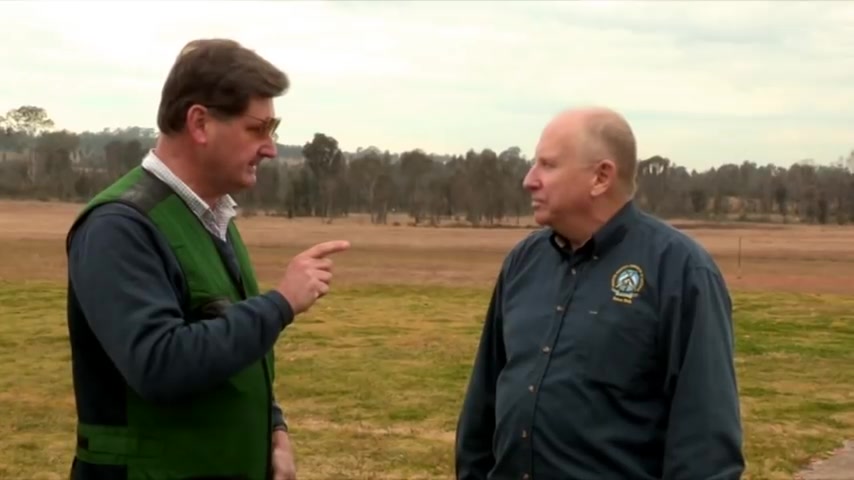
Good day .
I'm Rod Pascoe and welcome again to double S AA TV .
Coming to you today from the Cecil Park Play Club .
Today's topic is all about lead .
Now , lead is the technique we use to place a string of shot in front of a moving target .
So the shot and the target come together at the same place at the same time .
Now I'm joined today by Paul Miller who most of you will know as the shotgun writer for the Australian Shooter magazine .
Good day , Paul , good day , Rod .
Good to be here .
Now , explain to us what are the factors that affect lead ?
Well , look , there's probably three things that affect lead .
That's the speed of the target , the distance of the target and the speed of the shotgun shell .
Now , when you're out in the field hunting , you don't have a lot of time to work out the lead .
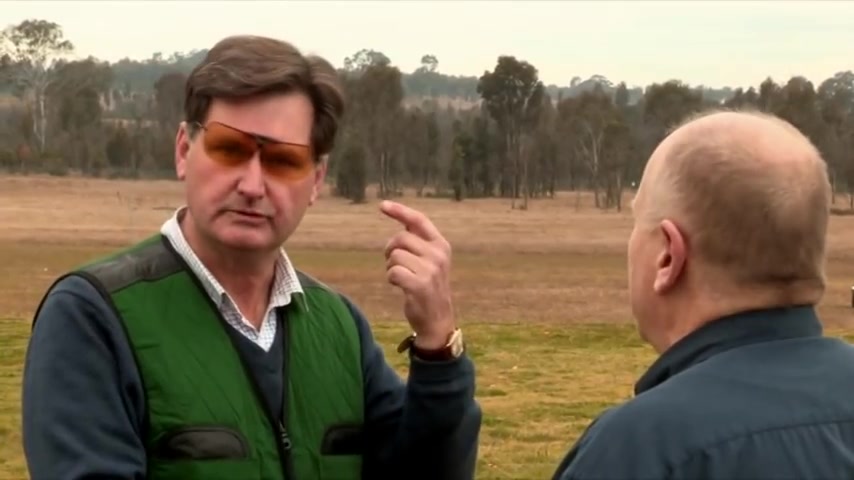
But here on the skeet field , we can practice and calculate the lead that's required .
That's right .
They're very constant target , skeet .
You've got a high house and a low house and those targets are thrown in the same way every time .
So depending where you're standing on the skeet cloud , you could be looking at targets that are crossing you or coming towards you or going away from you .
Now , if you think of the widest targets you're looking at about a meter or so of lead .
So calculating the lead is something that you learn by trial and error .
But ultimately , it's a technique that you learn and you can practice over and over .
But the way you apply the lead fire the shot and follow through is a very much tried and proven technique .
Absolutely .
It is .
And a quiet loud is the perfect place to practice that .
So the three methods we're going to look at today .
The first one is swing through .
The idea here is that you start with the gun behind the target , you sweep through the target , pull the trigger , follow through and hopefully you break it .
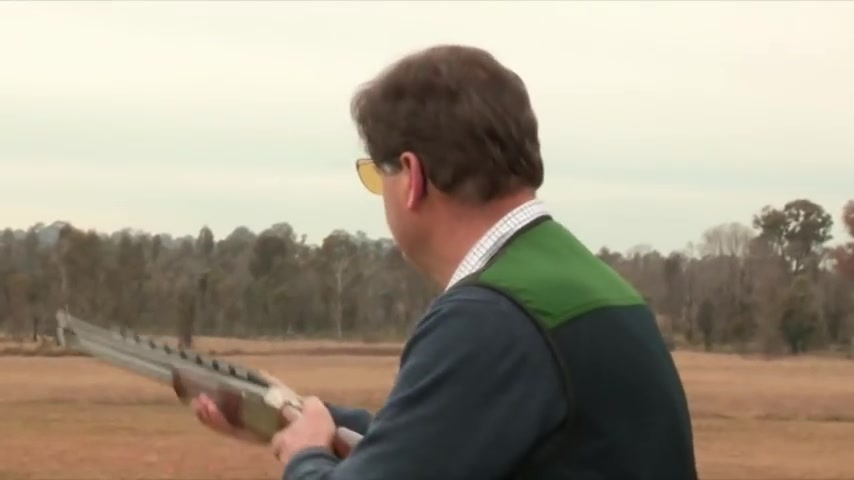
It's essential that you follow through .
Let's have a look at that .
Oh , now let's look at that again .
Slow down .
Oh , who the next method to talk about is pull away .
The idea here is we match the gun to the target and we pull away in front of the target to establish the lead fire the shot and follow through .
Let's have a look at that poke .
Now let's look at that in slow motion .
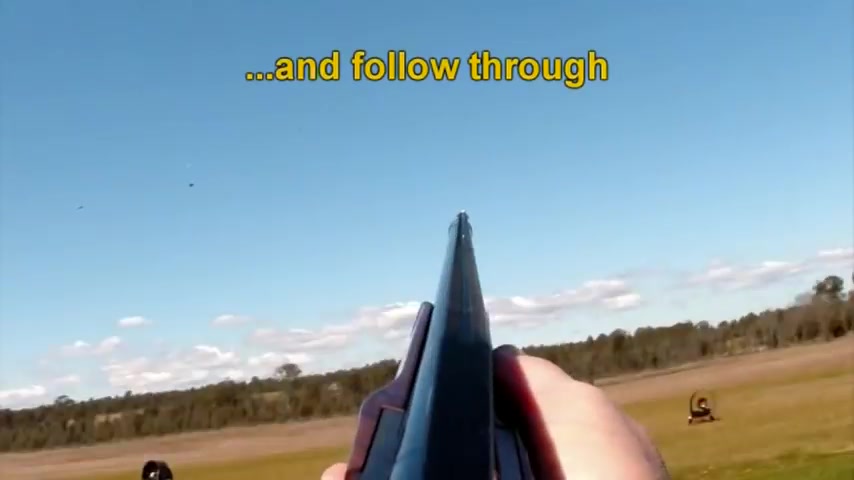
Oh , so the last method we're going to talk about today is sustained or maintained lead .
The idea here is you bring the gun in front of the target .
Maintain a lead , pull the trigger and follow through .
Let's have a look at that Pope .
Now let's look at that again .
Slow down .
The other time to use sustained lead is on long crossing shots at sporting plays and five stand .
The difference here is that these targets are thrown in an incredible number of different ways and angles .
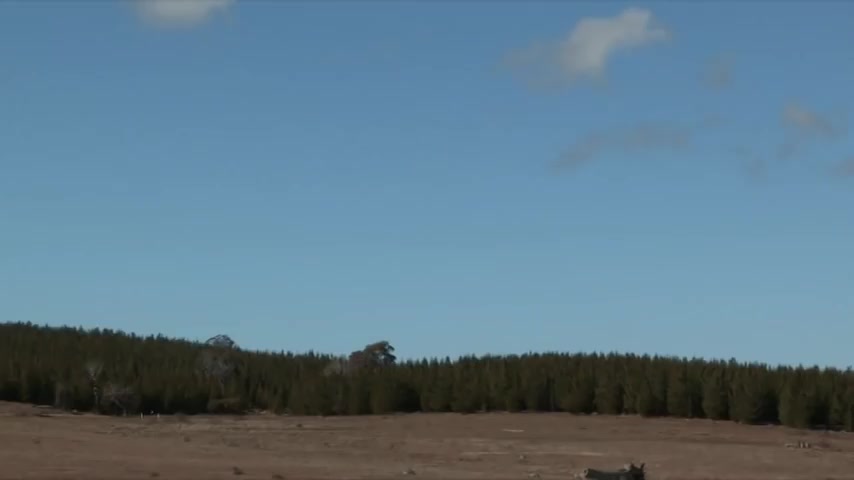
So a lot more mental pictures of lead need to be developed , which won't happen overnight .
The other advantage of sustained lead is that it's easy for a beginner to understand when we say mount the gun , stay in front of the target , pull the trigger target , shooting is great practice for shooting in the field .
In fact , field shooters always find themselves shooting better when they're after ducks , foxes or rabbits .
After practicing on clay targets , some crossing targets require really long leads with any of the three methods we've talked about .
One thing is for sure , you must understand and master the concept of lead otherwise you're going to miss .
Wonderful .
Thanks very much .
My pleasure .
Thanks Paul .
Well , I hope that's given you a bit of an idea of what's involved with lead .
The double S AA five stand discipline .
It's a really good way of practicing your shotgun skills .
We hope to bring you a few more tips in future episodes .
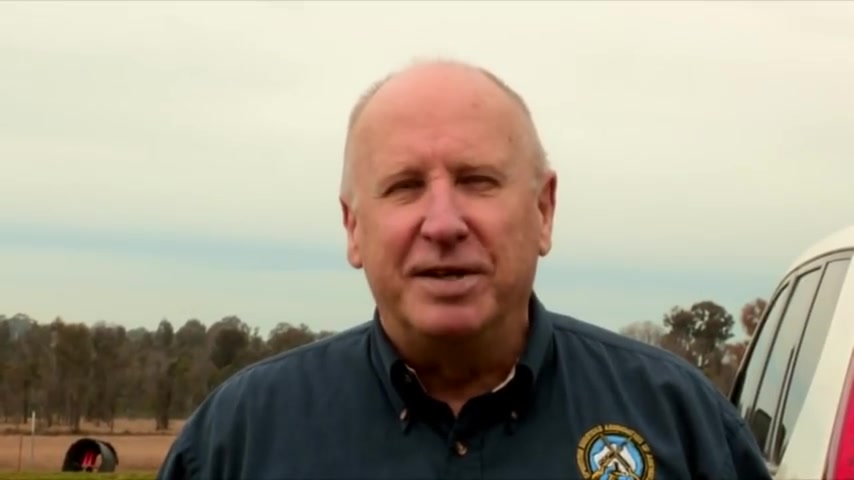
But for now , from the Cecil Park Clay Target Club , thanks for watching double S AA TV .
And we'll see you next time .
Are you looking for a way to reach a wider audience and get more views on your videos?
Our innovative video to text transcribing service can help you do just that.
We provide accurate transcriptions of your videos along with visual content that will help you attract new viewers and keep them engaged. Plus, our data analytics and ad campaign tools can help you monetize your content and maximize your revenue.
Let's partner up and take your video content to the next level!
Contact us today to learn more.